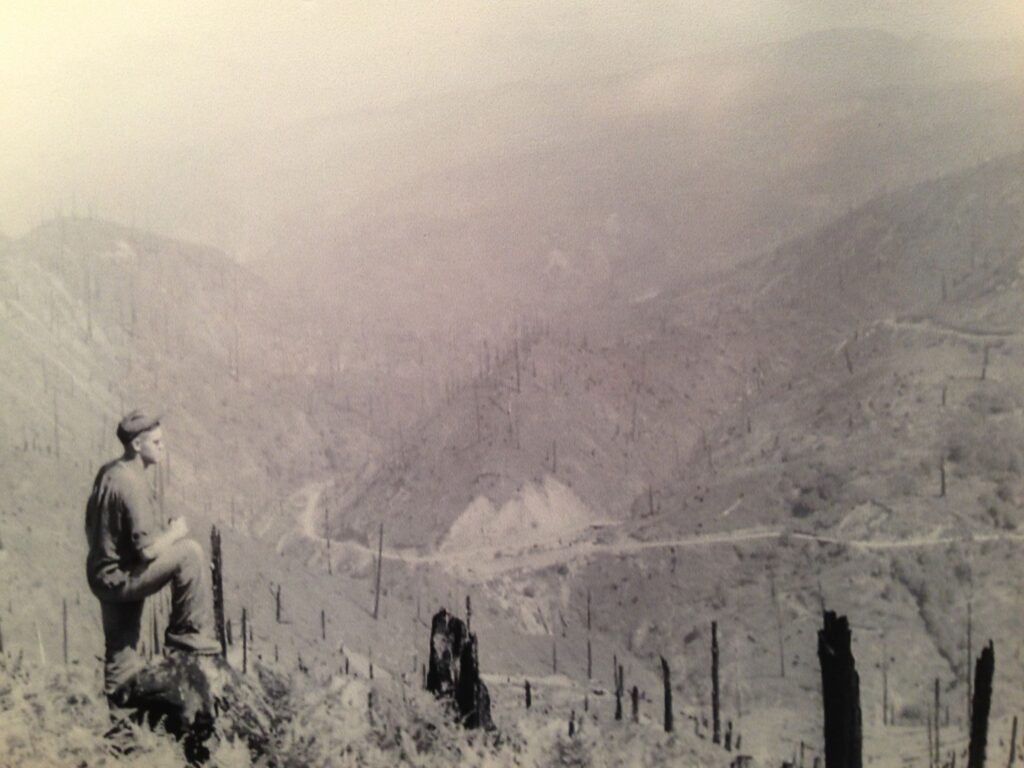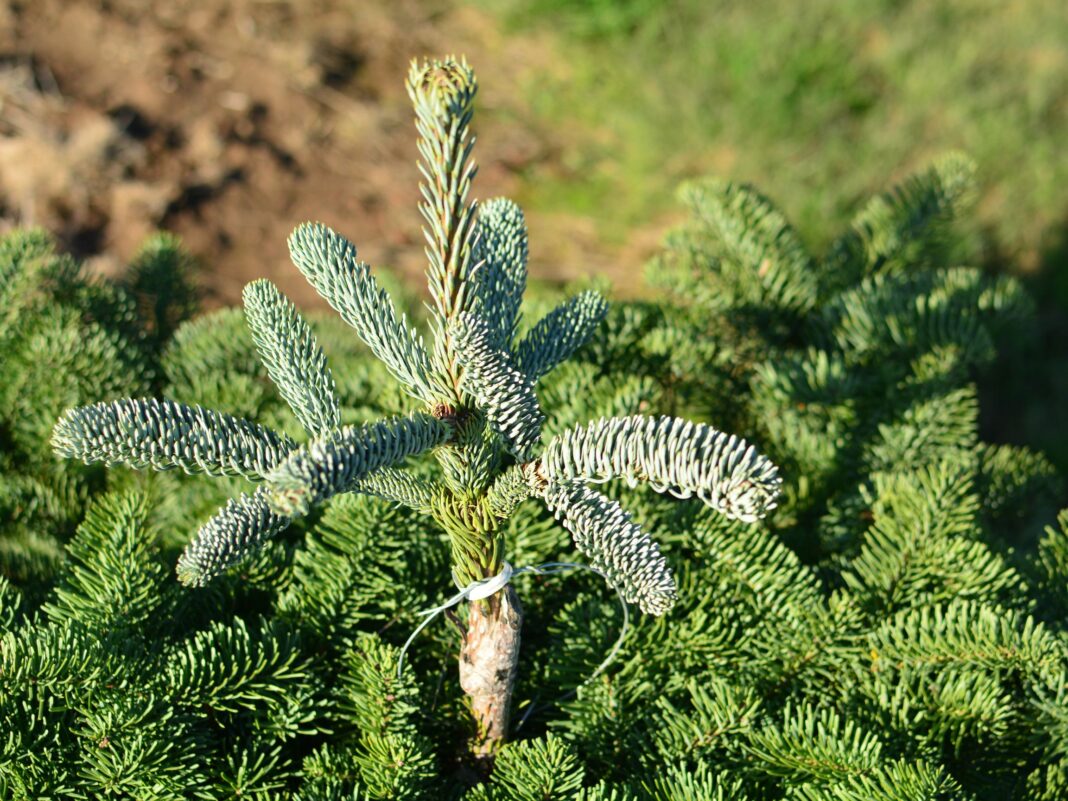Judy Kowalski, the lead Bio-Science Technician for Oregon State University’s (OSU) Christmas Tree Program, spent her childhood running through forests alongside her late father, Jack Wanek. He was previously Oregon Department of Forestry’s (ODF) Tree Improvement Coordinator for J.E. Schroeder Seed Orchard near St. Paul, Ore., a place he had a hand in founding.
Kowalski’s education, previous research in ornamental horticulture, and her deep love for trees led her to work alongside Chal Landgren, Oregon’s leading Christmas Tree Specialist at the OSU Christmas Tree Program, now retired. The program started in 2008 while orchard initiation began in 2012.
In her career, Kowalski has seen many different growers and styles. Ultimately, the growers are setting the standard for what makes a pretty Christmas tree. Some will intentionally purchase different styles of trees so they can have a variety for wholesalers. “A lot of the big growers are in tune and know what the consumer wants. The average consumer doesn’t know about improved characteristics. They just want a pretty tree, which is in the eye of the beholder. One person may like noble firs that have more internodal branching so they can hang things, and another person may like them to be more bushy,” Kowalski said.

Progeny trials similar to those at the J.E. Schroeder Seed Orchard facilitate tree improvements with a focus on different traits. “Traits we are looking for with OSU’s Christmas Tree Program are good color, fast-growing, upright branching, many branches and disease and insect resistance, especially for noble firs. Different families have different needle characteristics. Some are longer or fluffier. Some have much shorter needles, while others are tighter and longer.” Kowalski stated.
OSU’s Christmas Tree Program has been working with counterparts in other states to grow new types of Christmas trees that can withstand dry summers, such as Turkish and Trojan firs. Kowalski helped facilitate planting the first orchard of Trojan fir in the Northwest with funding from a three-year Specialty Crop Research Initiative (SERI) grant from the United States Department of Agriculture (USDA). “These trees grow quickly, are more resistant to drought, and have few diseases, making them well-suited to the region’s climate and Christmas tree industry.” Kowalski said.
Kowalski’s work includes researching Integrated Pest Management (IPM) methods on and off the OSU campus. “A grower in the Columbia Gorge has adopted a no-till, no-spray approach to farming, allowing natural growth and introducing beehives to address pest issues. The bees help remove the ugly sticky honeydew left by aphids on noble firs,” Kowalski said. This is part of a broader conversation among growers to find cost-effective, environmentally friendly pest control alternatives as pesticide costs rise.
Kowalski continues to learn from her visits to the J.E. Schroeder Seed Orchard, specifically from the presentations by ODF Geneticist Don Kaczmarek.
“Going out with my father and being in the orchards at J.E. Schroeder as a child was fun, but I never knew what was going on,” Kowalski said. It was not until Wanek approached his retirement that she learned more about his work. Wanek retired in 1984 but stayed involved at the seed orchard after his retirement. “It wasn’t near the size it is now as it was in the ‘80s,” Kowalski said.
Wanek had been working with Roy Silen, a former United States Forest Service (USFS) geneticist, to improve trees and develop faster-growing Douglas-firs for the timber industry. “They did cone surveys and grafting. I still have my father’s grafting knife,” Kowalski said. As Kowalski works on her research at OSU, she continues to find connections people have made with Wanek, even meeting people in the industry who learned grafting from her father.
After serving as a fighter pilot in World War II, Wanek attended the Oregon College of Agriculture and earned a degree in forestry. He later worked on reforesting areas affected by the Tillamook burn. During a visit to the Tillamook Forest Center, Kowalski and her sister found a photo of their father displayed in the museum. The museum also has trees dedicated to Wanek and his wife. After his passing in 2009, Wanek’s colleagues who worked in state forestry set up a private tour of the J.E Schroeder Seed Orchard for Judy’s family. Kowalski and her sister frequently come across references to their father and the impact his work had on forestry in Oregon.
Kowalski is committed to helping growers by advancing IPM and exploring new farming methods. Her work builds on her father’s legacy from the 1980s and 1990s, continuing the search for ways to improve trees.
The J.E. Schroeder Seed Orchard is celebrating its 50th anniversary through May.







